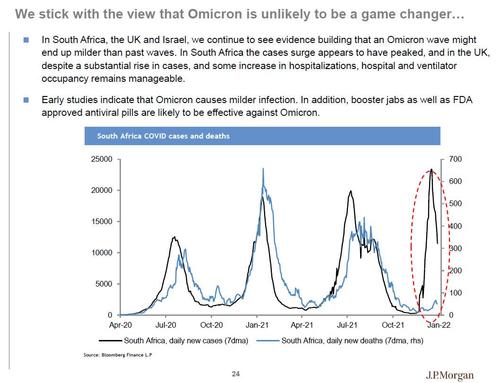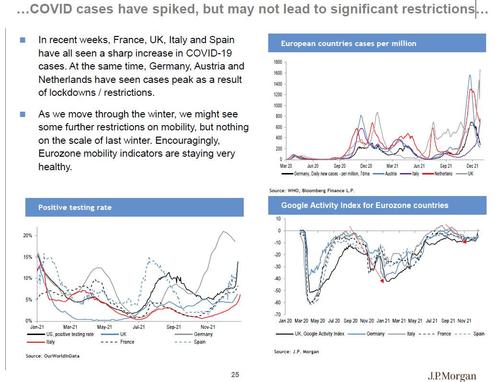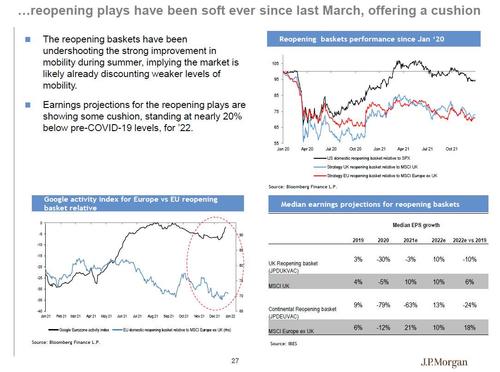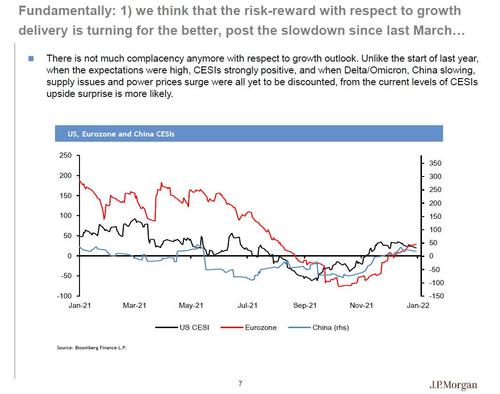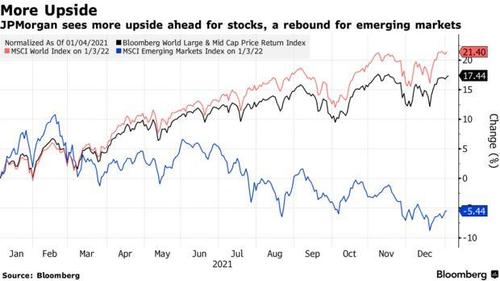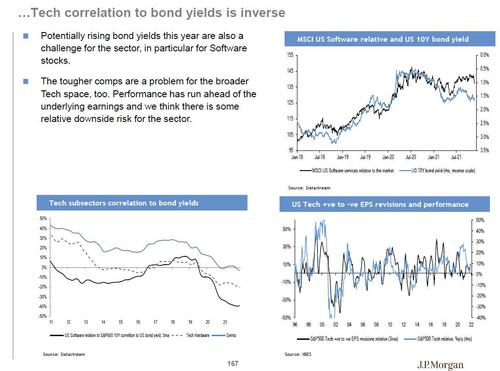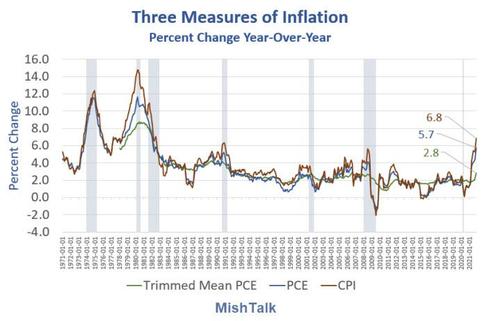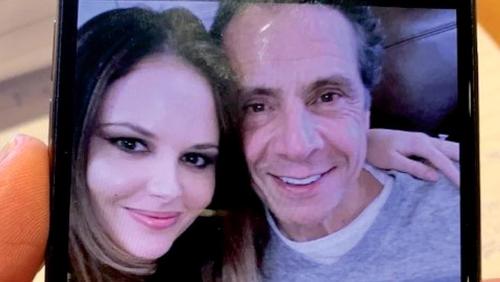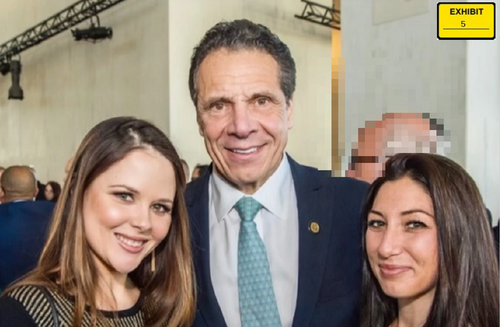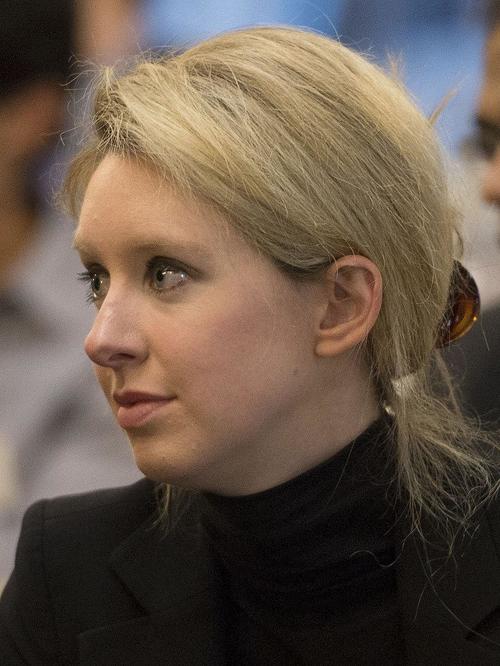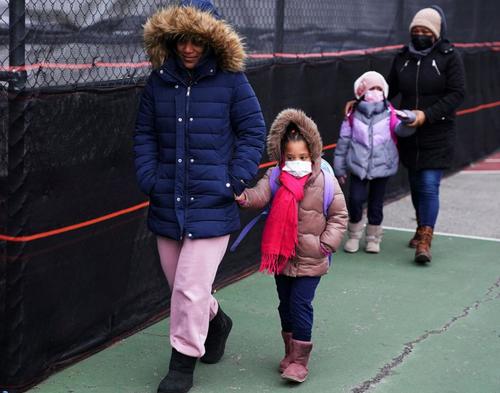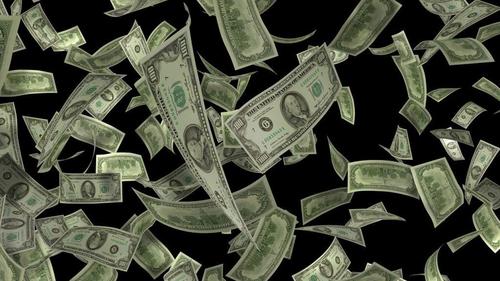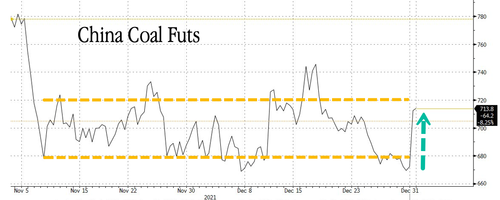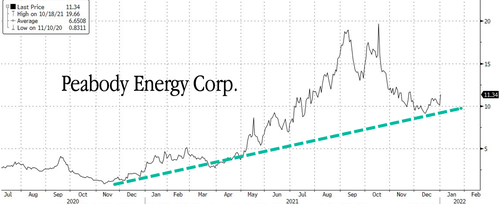Yes, said Judge Sidney Stein last year in Doe v. NYU (S.D.N.Y.):
Most relevantly, the Court believes that in this action, “identification poses a risk of retaliatory physical or mental harm to the party seeking to proceed anonymously.” Doe is 19 years old and in her first year of college, and though she of course made the decision to bring this lawsuit, the Court sees no reason to expose her to potential online retaliation for what some might characterize as reckless or selfish conduct. And, given her stated career goals, plaintiff represents that revealing her identity in a lawsuit pertaining to her violations of COVID-19 protocols could impede her progress.
The Court believes that NYU has sufficiently demonstrated the gravity of its COVID-19 disciplinary regime by forcefully litigating, and now prevailing on, Doe’s challenge to its enforcement efforts. The equities here weigh in favor of maintaining Doe’s anonymity.
No, said Magistrate Judge Mark Dinsmore yesterday in Doe v. Trustees of Indiana University (S.D. Ind.), expressly disagreeing with Doe v. NYU:
Plaintiff asks to proceed under a pseudonym “due to the nature of the allegations” in his Complaint and because he “is justifiably concerned about the potential irreparable harm that could further prevent him from proceeding with his future endeavors.” Defendants object, arguing that this case does not present the kind of “exceptional circumstances” that justify anonymity….
Here, Plaintiff argues that pseudonymity is appropriate because “he would be required to disclose information that is highly sensitive and controversial in the present climate, depending on individual views,” namely that he, “a fraternity member, is accused of violating COVID restrictions.” He continues:
COVID is an extremely volatile issue in today’s society with differing opinions as to the need for continued regulations. Every individual, institution, State and political party has differing views on the handling of COVID. Given the sensitive and novel nature of the subject matter, the need for anonymity and protection seems clear. Exposing Plaintiff to such societal differences and potential prejudices justifies the need to proceed anonymously, particularly given the constantly changing laws and CDC recommendations as discussed in more detail in the Complaint.
However, Plaintiff presents no concrete examples of the type of intimate information that revealing his identity would force him to disclose. This is especially clear given that Plaintiff does not dispute that he “and his four housemates, also members of his fraternity, hosted a social gathering in their private off-campus residence” on April 23, 2021, to which the Bloomington Police Department and Indiana University Police Department responded.
Indeed, it appears that Plaintiff would simply prefer not to attach his name to his admitted conduct. “No doubt lots of parties would prefer to keep their disputes private. For example, a plaintiff alleging he was discriminated against by his employer when his employment was terminated will have to disclose the employer’s reason for terminating the plaintiff’s employment—a reason that the plaintiff disputes is the real reason and which is often embarrassing or even damaging to his or her reputation. But there is no suggestion that such a plaintiff may proceed under a pseudonym to protect his or her reputation.” …
Plaintiff argues that, “[i]f the Court requires Plaintiff to reveal his identity, even if he ultimately obtains a favorable verdict on his claims, his future academic and career prospects could be significantly affected, depending on the views of future employers and institutions.” Specifically, Plaintiff asserts that he will suffer harm in the form of “emotional and reputational damages, economic injuries, the loss of educational and career opportunities and future earnings,” and points to “the loss of employment by a big four accounting firm … and the loss of membership in a national fraternity.”
Ultimately, “Plaintiff’s concerns in this case are centered upon his economic well-being and possible embarrassment or humiliation, but courts have generally rejected attempts to proceed under fictitious names based solely on such concerns.” A movant must show that his “specific circumstances demonstrate a risk of serious social stigmatization surpassing a general fear of embarrassment” for a court to consider such harms when deciding whether the movant should proceed anonymously. Plaintiff has not done so here.
Plaintiff additionally elaborates that his violation of COVID restrictions could “subject him to retaliation by students, student groups, and university administrators who are in favor of more restrictive regulations.” It is true that “[t]he danger of retaliation is often a compelling ground for allowing a party to litigate anonymously.” However, “[a] mere potential for retaliation, without more, is not enough to justify an extraordinary departure from public norms.” “To demonstrate retaliatory harm, plaintiffs must generally provide ‘evidence that psychological damage or violent threats are anticipated if a party’s identify is disclosed.'” There is no such evidence here. Further, it is worth noting once more that Plaintiff does not dispute that he hosted the April 23, 2021, party; he is suing on the grounds that the University’s subsequent proceedings deprived him of due process. As such, Plaintiff’s arguments arising from COVID-based stigma are somewhat misplaced.
That said, another relevant factor is “whether the injury litigated against would be incurred as a result of the disclosure of the plaintiff’s identity.” Here, if Plaintiff is successful in proving that Defendants’ procedures violated his due process rights, there is a chance that “the revelation of the Plaintiff’s identity [in the course of this lawsuit] ‘would further exacerbate the emotional and reputational injuries he alleges.'” However, both the Purdue Univ. and Colgate Univ. cases dealt with sexual assault allegations, and the courts were concerned with the possibility of a college student being “marked for life as a sexual predator.”
The same depth of concern is not necessarily present here; a student reprimanded for breaking COVID-19 protocols will not wear the same scarlet letter as a student reprimanded for sexual violence against another student. Ultimately, the potential harm identified by Plaintiff “pales in comparison to the types of harms that typically receive protection.” While Plaintiff’s desire to proceed under a pseudonym is understandable, his reasons “are not sufficient to overcome the strong presumption in favor of requiring parties to sue using their true names.”
Accordingly, because Plaintiff has not provided sufficient evidence of concrete harms he will suffer if made to litigate under his real name, the third factor weighs AGAINST a grant of pseudonymity….
Plaintiff argues that, because “Defendants are already aware of Plaintiff’s true identity,” they will “not be prejudiced in any way by the use of a pseudonym.” However, that is not necessarily true. Defendants argue that they “will be prejudiced at all phases of the litigation” if Plaintiff is allowed to proceed under a pseudonym. Defendants elaborate:
The Defendants may need to gain discovery from third-party witnesses, including depositions and document requests. It is complicated at best for Defendants to obtain third-party discovery pertaining to the Plaintiff if his name is anonymous. Defendants will also be prejudiced by being forced to refer to the Plaintiff by pseudonym at a jury trial. Courts have recognized, for example, that jurors could construe the court’s permission for the plaintiff to conceal his true identity “as a subliminal comment on the harm the alleged encounter … has caused the plaintiff.” Jurors could also interpret the fact that the Plaintiff, who remains anonymous, is more vulnerable and sympathetic than the Defendants who are individually named. The use of a pseudonym will have an unpredictable effect on a jury, which prejudices the Defendants.
These are valid concerns which, ultimately, are not outweighed by Plaintiff’s asserted privacy rights….
[T]he Court will [also] consider “the public interest in guaranteeing open access to proceedings without denying litigants access to the justice system.” “Indeed, ‘lawsuits are public events and the public has a legitimate interest in knowing the facts involved in them. Among those facts is the identity of the parties.'”
Plaintiff argues that “the public’s interest in this matter would not be furthered by disclosing Plaintiff’s identity.” Critically, though, the disclosure of a plaintiff’s identity is the standard which the public is entitled to; pseudonymity is only acceptable in “exceptional circumstances.” As such, the public’s interest in the longstanding notion of openness of federal proceedings would be hampered by allowing Plaintiff to use a fictitious name—especially here, where Plaintiff has failed to establish how his case constitutes an exceptional circumstance warranting anonymity….
In sum, Plaintiff has not established “a privacy right so substantial as to outweigh the ‘customary and constitutionally-embedded presumption of openness in judicial proceedings.'” Plaintiff, as the movant, has failed to meet his burden of “show[ing] that some combination of these factors outweighs the ordinary presumption of judicial openness, justifying the exercise of the Court’s discretion.” As a result, this case does not present the type of “exceptional circumstances” which warrant permitting Plaintiff to proceed under a pseudonym. Plaintiff “must step into the light and sue in the open, or not at all.”
The post May College Students Sue Pseudonymously to Challenge Discipline for COVID Protocol Violations? appeared first on Reason.com.
from Latest – Reason.com https://ift.tt/3qMvyMm
via IFTTT
